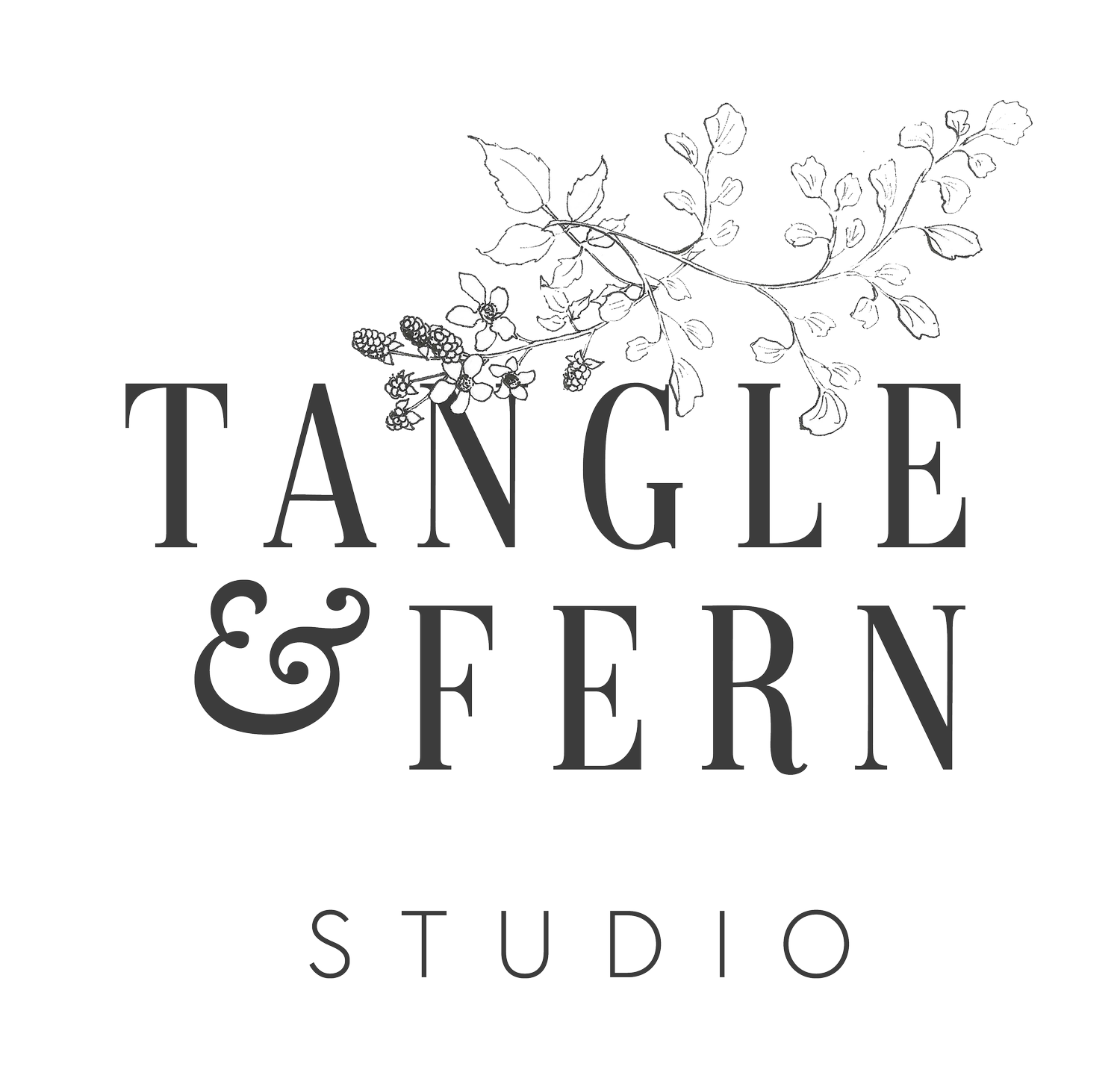Brand Language
The language you use for your brand will impact on everything you do. It’s how you’ll share what you stand for, and it will influence the way people feel when they engage with you, learn from you, and buy from you.
In this exercise, we are going to begin the process of identifying the language that will help bring your brand to life in this way.
But before we start, I want you to have a think about the language that is typically used in your industry. And by “industry,” that might mean the things you do or make, but it could also refer to specific communities in which you are active (if they also relate to what you do). Here’s how the website Be You Not Them describes it:
“The cancer medicine industry uses the language of struggle – the war against the big C, getting through this, soldiering on, fighting the illness, being brave.
“The manufacturing industry uses the language of efficiency – quality, value, hard work, output, craftsmanship and history all point to an ethical hierarchy in the space.
“The beauty industry uses the language of positive ideals – of the purity of youth, cleanliness, and western notions of femininity.”
Think over what you know about your own industry (or look to your social listening notes) and consider what kind of language is used.
Now turn to your workbook and begin working through the questions.
Workbook instructions
-
1. Quick questions
Turn to your workbook on page 36. At the top, you’ll find a series of yes/no questions that shouldn’t take you long to answer.
The key to answering them it to understand your audience. Will swearing put your audience off? Tick “no” next to that question. Do your audience already understand your industry slang and jargon? Then it’s probably ok to use it. If not, don’t use it.
The question about UK / US spelling is because many of our words are spelled differently. Choose a spelling convention based on your location, and on the location of your audience.
-
2. Tone of voice
Next, read back over the tones of voice you chose in the previous exercise, in the light of the language you identified as common to your industry.
Is there any crossover? Is there anything you’ve missed? Do you need to tweak your choices? See if you can pare back all of the tones-of-voice you’ve identified into just three key “voices” that best express the moods of your brand, and communicate to your right audience.
When you feel you have the right three voices for your brand, write them in the circles of the Venn diagram at the bottom of page 36. The combination of those three voices will become the true “verbal style” of your brand.
-
3. Mine your workbook
Now we are going to make the beginnings of a lexicon for your brand. A lexicon is a collection of words and phrases that you can use frequently, and which help to articulate your brand language.
To start, go back over everything you have noted down in your workbook so far, and see if you can pull out words and phrases that help express what you stand for, and how you want people to feel. You’ll find this language throughout your workbook, but it might be especially helpful to mine your values statements, sections from your audience avatar, and your explanations of your mood words.
Note these down on page 37 of your workbook, in the box on the left.
-
4. Ask your audience
Next, ask yourself what your audience avatar would make of those words and phrases. Because of course, language is open to interpretation. If I shared the word “slow” with someone involved in the slow food movement, they’d attribute very different meaning to the word than, say, an Olympic sprinter.
One by one, in the box on the right (still on page 37), picture your audience persona, ask yourself what they would make of the corresponding word or phrase, and note it down.
This is where we will pause for “rest week,” but we will finalise your brand lexicon after the break.

